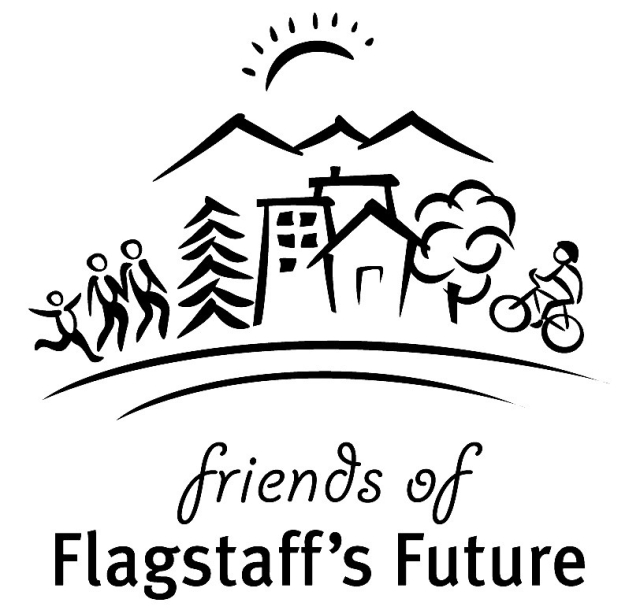According to the Environmental Protection Agency (EPA) in 2008, Americans are estimated to throw away 1.35 billion pounds of garbage every day. To put it in perspective the U.S. produces the equivalent of 6,750 blue whales in garbage. The amount of waste we produce is becoming a serious problem, and many of the landfills in the country have become filled to capacity because of it. There are many solutions to this problem such as reducing, reusing, recycling and, lastly, composting.
Composting, the process in which organic material is decomposed and reused as fertilizer, is a simple solution that can help reduce the amount of garbage you throw into the landfill. This can reduce your overall carbon emissions.
“Composting saves .82 tons of C02 for every ton of compost,” says Patrick Pfiefer, compost coordinator at Northern Arizona University (NAU).
The first thing you’re going to need when composting is the bin. These can be made by hand — out of wood palettes and a screen — or they can be purchased from stores. The proper size for a composting bin is about a cubic meter. There is also the option to compost in a pile on the ground, but a bin makes the process neater and better looking to your neighbors.
After you have your bin, the next step is to mix your bin with wood chips, straw, and pine needles, as well as food scraps or weeds to maintain a good nitrogen-to-carbon balance. The recommended ratio is one part “green stuff” (plants and food scraps for nitrogen) to two parts “brown stuff” (wood chips and dead leaves for carbon). These materials then need to be mixed well in order to achieve a good balance for the decomposition to take place.
The most crucial thing to keep in mind when composting is to make sure that your compost bin is turned regularly. This ensures the air flow throughout the organic material and keeps the compost from smelling or attracting flies by going anaerobic (meaning no oxygen is present).
Now that you have your compost set up, it is important to know what things can actually be composted. You can compost basically all plants and food scraps except for meat, oil, dairy or bones because of health reasons. Coffee grounds, peels, tea bags, paper bags and egg shells are a few that can be composted. Bread can also be composted in larger piles or bins, but it is not encouraged in smaller home composting because it is likely to attract critters.
Many unusual things can be composted as well.
“My roommate and I composted a straw hat once,” says Dean Buttacavoli, a senior environmental studies major.
For many reasons, composting is an avid solution to the waste problem the U.S. currently faces, one being that every pound of material composted is one less pound in a landfill. Again, composting can also reduce carbon emissions and it can give people the incentive to start a garden in their home, bringing them closer to the environment by working with it. Composting also creates fertile soil for soil building. This is especially important in the Flagstaff area because of the relatively low soil fertility in northern Arizona. If you do not have a place for a garden but still want to start composting, I would recommend donating your compost to a community garden in Flagstaff or to the SSLUG garden, which meets behind the Social and Behavioral Sciences building every Thursday at 3 p.m., on campus.
NAU began composting in May 2012 and has collected 85,000 pounds of compost since then. Most of it is made up of food scraps from campus dining, pine needles and woodchips from campus landscaping and manure from Ft. Tuthill. If you want to get involved with composting on campus, contact Velo Composting at pfp@nau.edu or go to Velo Composting’s meetings at 7 p.m. in the Health and Learning Center at the back of the third floor.
By Christian Booz





